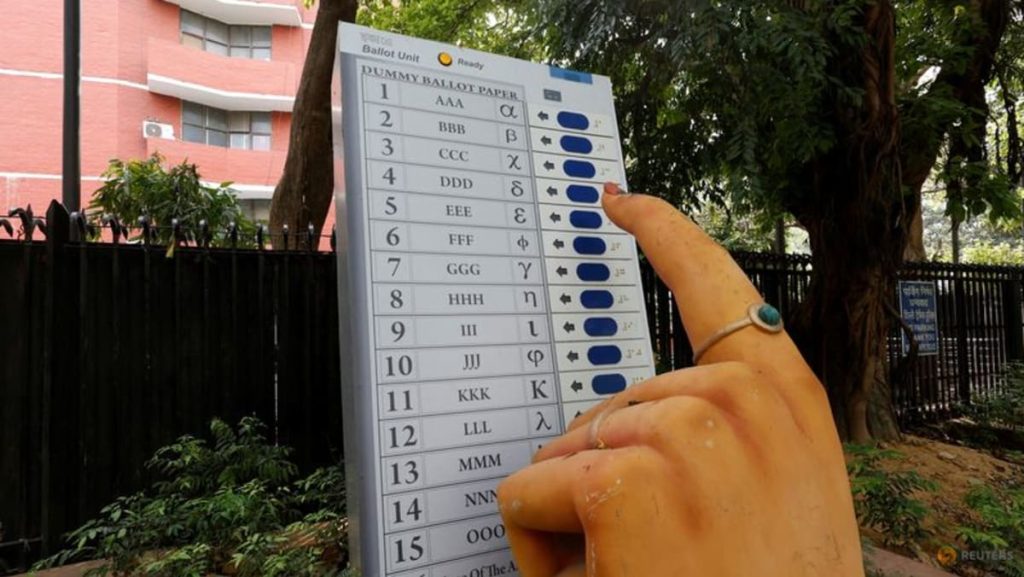The six-week election in India, set to begin on Friday, is the world’s largest democratic vote with 968 million people eligible to cast their ballot. All Indian citizens aged 18 and above can vote, using electronic voting machines that allow for fast counting of ballots. The election commission ensures the security of the machines and the integrity of the results, and officials go to great lengths to set up polling stations in remote areas, sometimes accompanied by security forces in volatile regions.
India’s national elections see a high voter turnout, with over 67% of eligible voters participating in the last election. A total of 15 million people, including various civil servants, are involved in the electoral process. Electoral laws require that each voter is within 2km of a polling booth, leading to logistical challenges. To address this, voting is spread over six weeks to ensure convenient access for all citizens. Factors such as local weather, religious festivals, harvest seasons, and school terms are taken into account when scheduling polling dates.
The cost of India’s elections has grown alongside the country’s expanding economy, with an estimated $8.7 billion spent in the 2019 election. A quarter of this expenditure was in the form of cash payments made to voters by candidates. The Centre for Media Studies predicts that spending for the upcoming election will exceed $14.2 billion, nearly matching the political spending in the United States for their 2020 elections. This substantial cost reflects the scale and importance of the election process in India, where campaigns are highly competitive and often rely on significant financial resources.
The electoral process in India is a massive undertaking due to the sheer size of the population and the geographic diversity of the country. Election officials put in tremendous effort to ensure that every eligible voter has the opportunity to cast their ballot, even in the most remote areas. Security measures are also implemented, particularly in regions with a history of violence or insurgency, to safeguard the integrity of the election. The staggered voting process over six weeks helps to manage the logistical challenges and ensure that all citizens can participate in the democratic process.
As the world’s largest democracy, India’s elections are closely watched both nationally and internationally. The scale and complexity of the electoral process highlight the country’s commitment to democracy and the participation of its citizens in shaping the future of the nation. With the increasing cost of elections and the significant financial resources involved in campaigning, the political landscape in India continues to evolve, reflecting the country’s changing economic and social dynamics. The upcoming election is expected to be a closely contested and crucial event in determining the leadership and direction of the world’s largest democracy.


